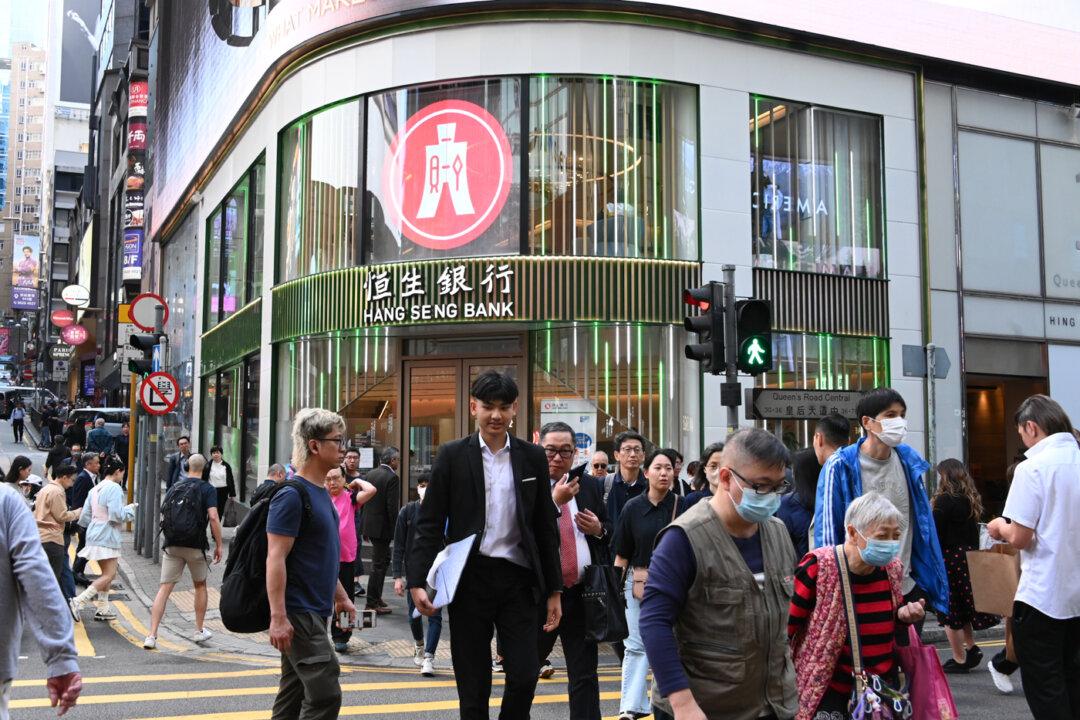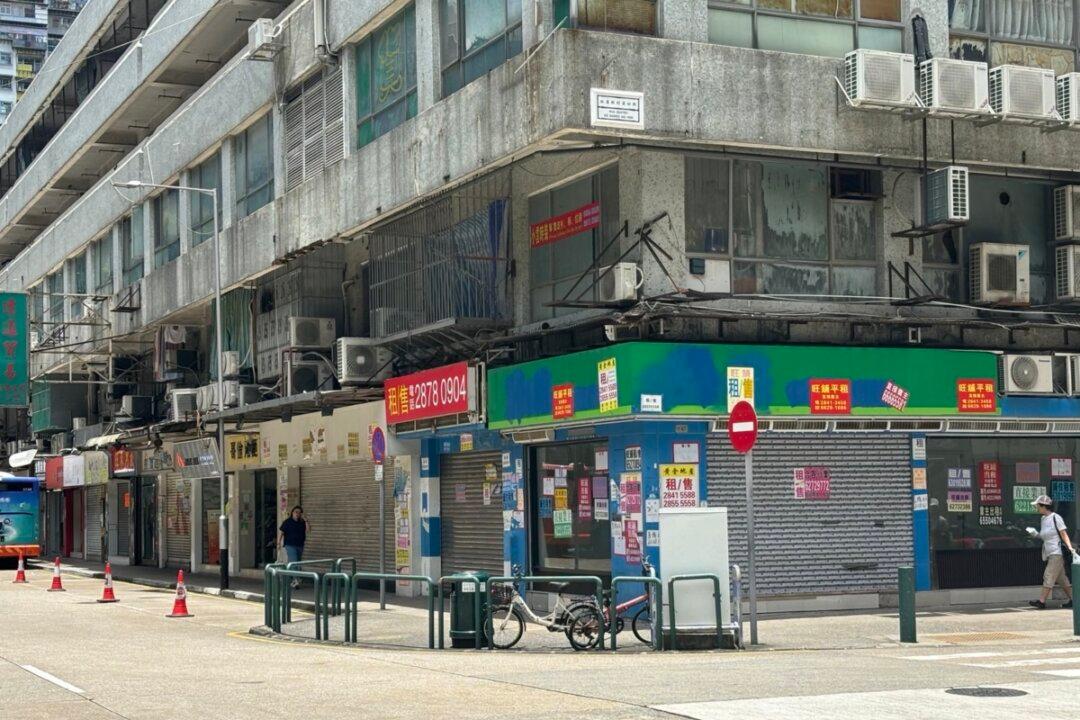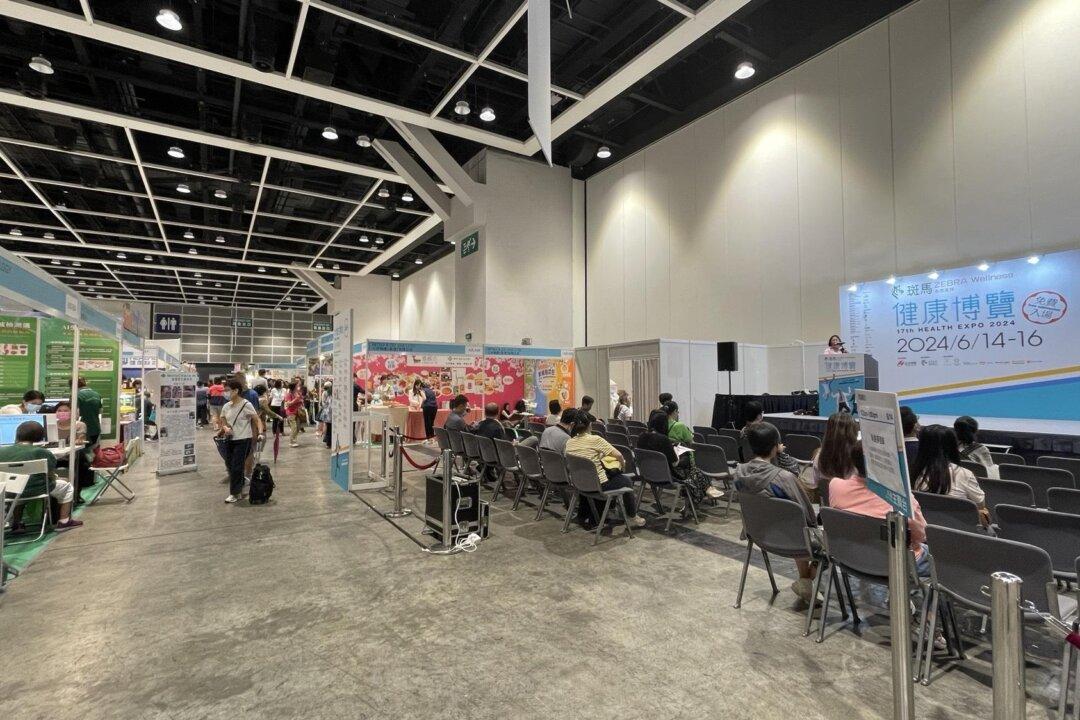News Analysis
Hong Kong is starting to feel the impact of the immigration wave, with a talent drain occurring across various industries. While Hong Kong authorities have been importing foreign laborers from mainland China, the effect appears contrary to the plan.




